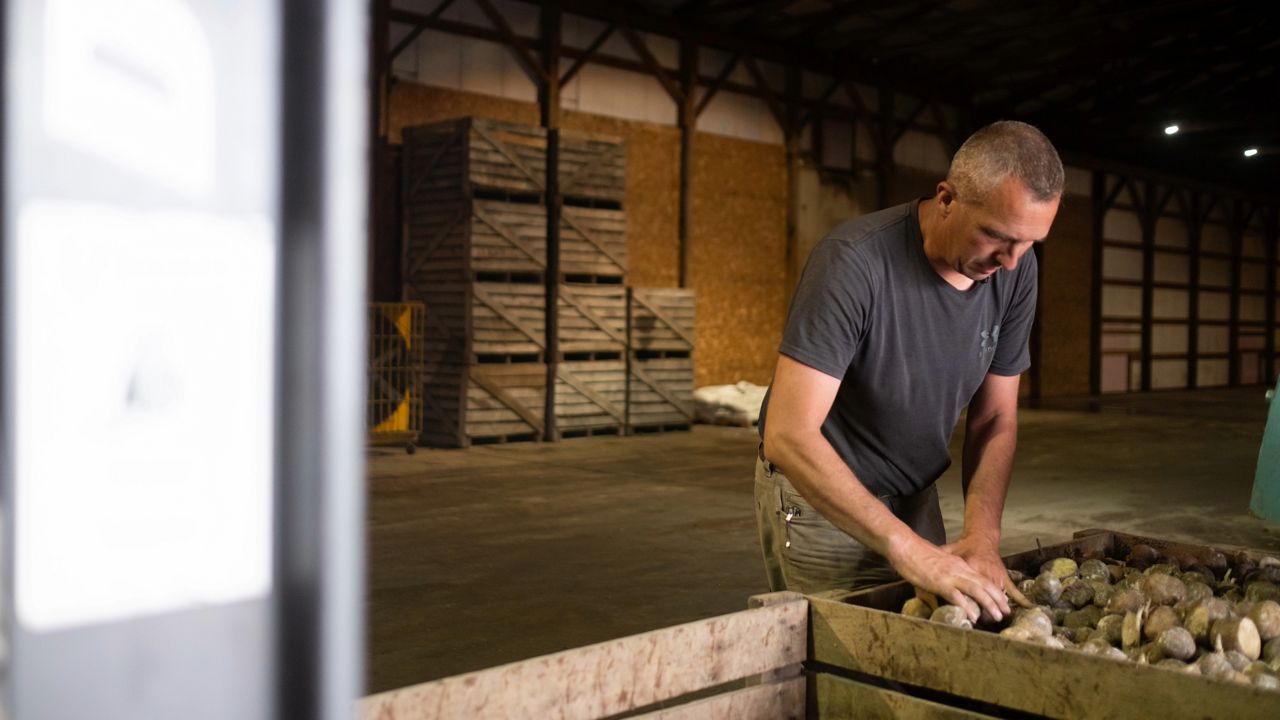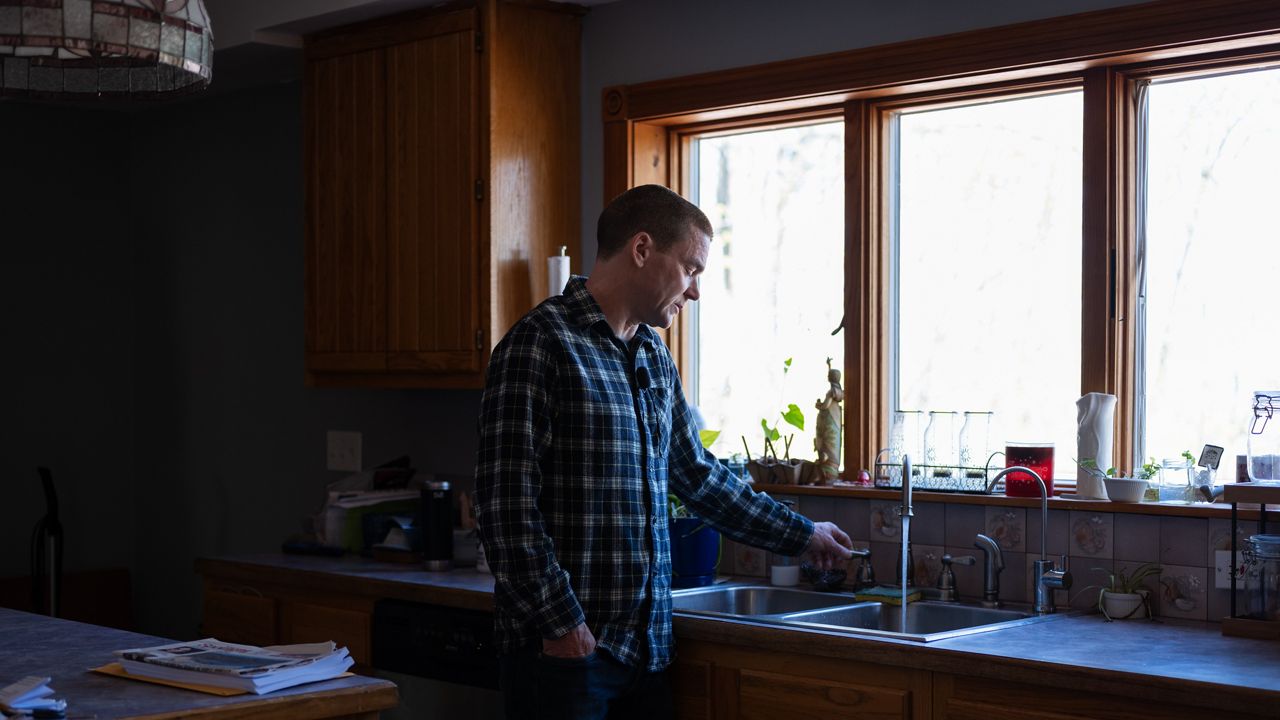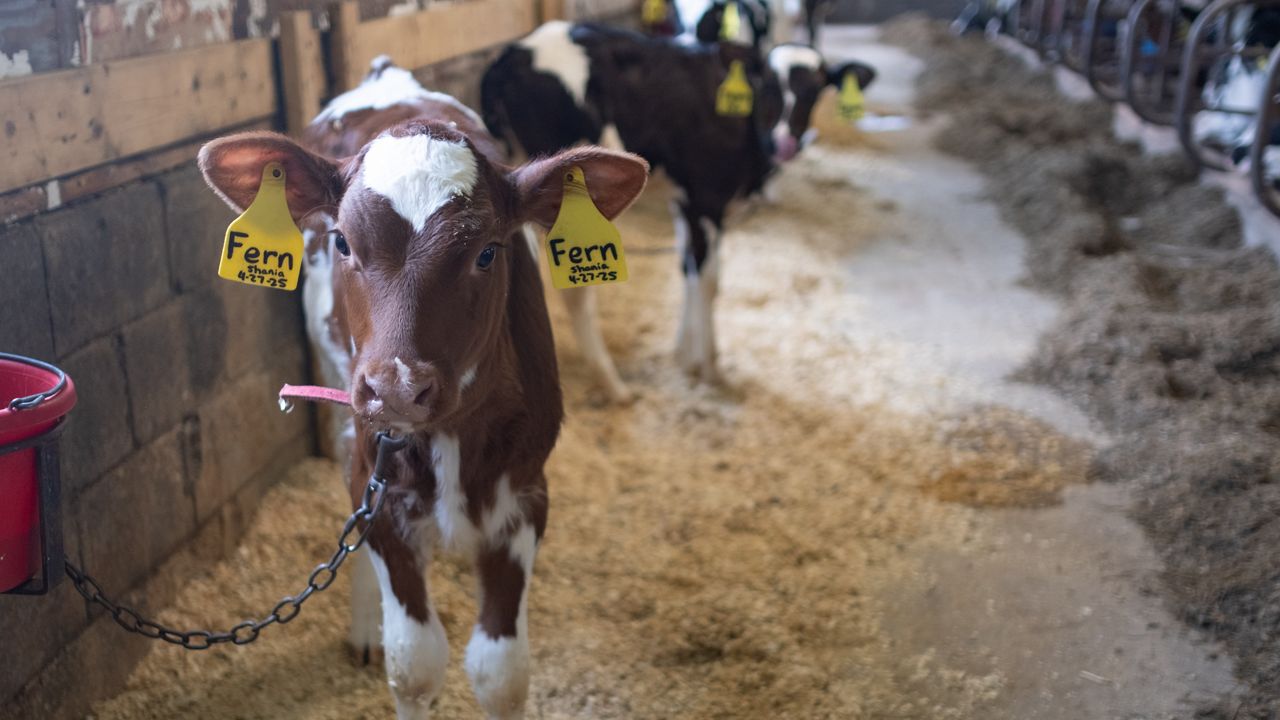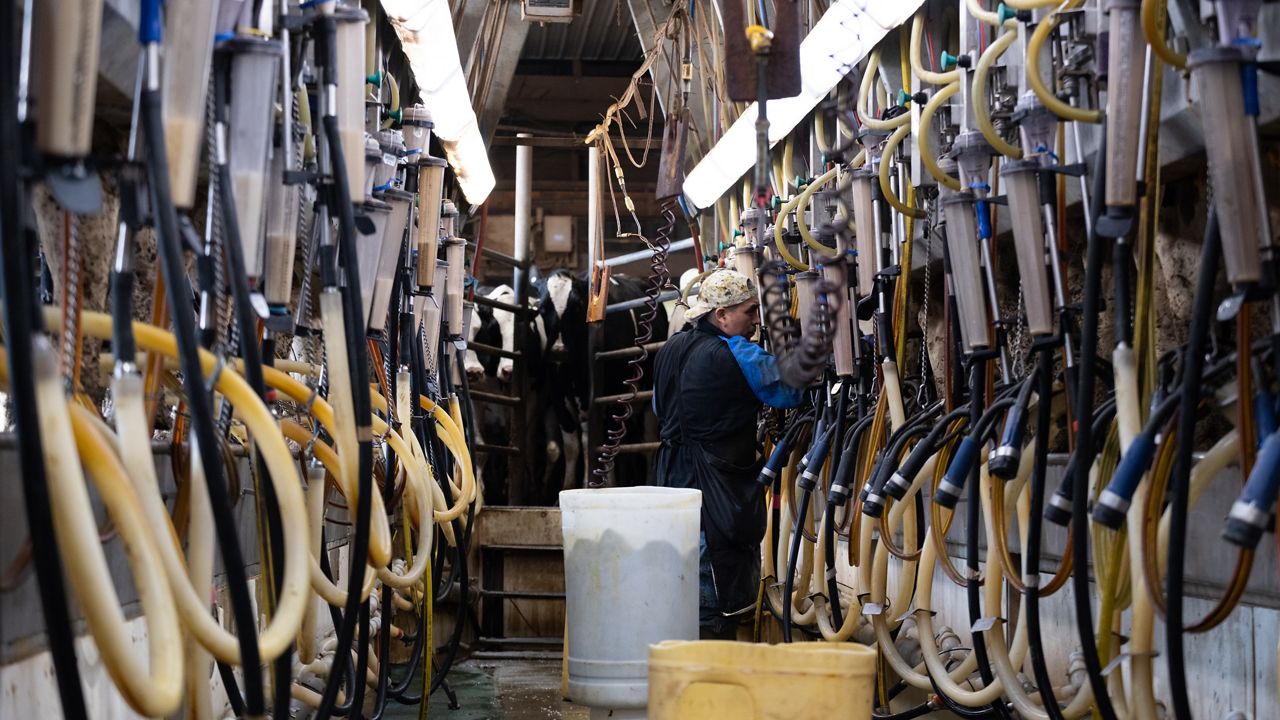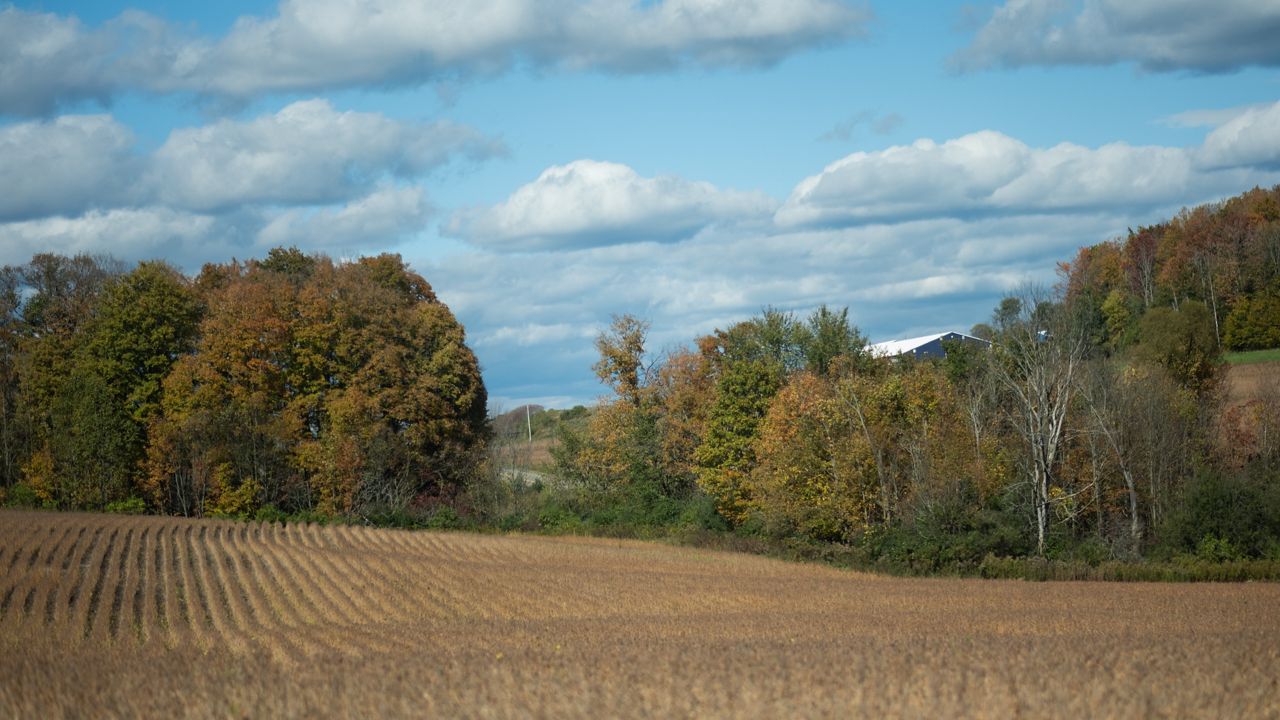Hops growers have seen challenges in producing one of the main ingredients used in beer leading to a decline in the number of acres grown in New York over the last decade, but these aren’t the only hurdles for the industry.
“Hops are a difficult crop to grow. I don’t think you can say there’s any crop that’s easy, but if you miss a major point of best practices and there’s any gap in those supply chains, then you cannot grow any agricultural product especially hops to a commercially viable level,” said Adam Kryder, executive director of the Hop Growers of New York.
Hops were once a major agricultural product for New York with over 60,000 acres grown here during the late 19th century, but now, there are only about 150 acres, according to the USDA’s Census of Agriculture.
Kryder said there are many challenges to producing a good hop.
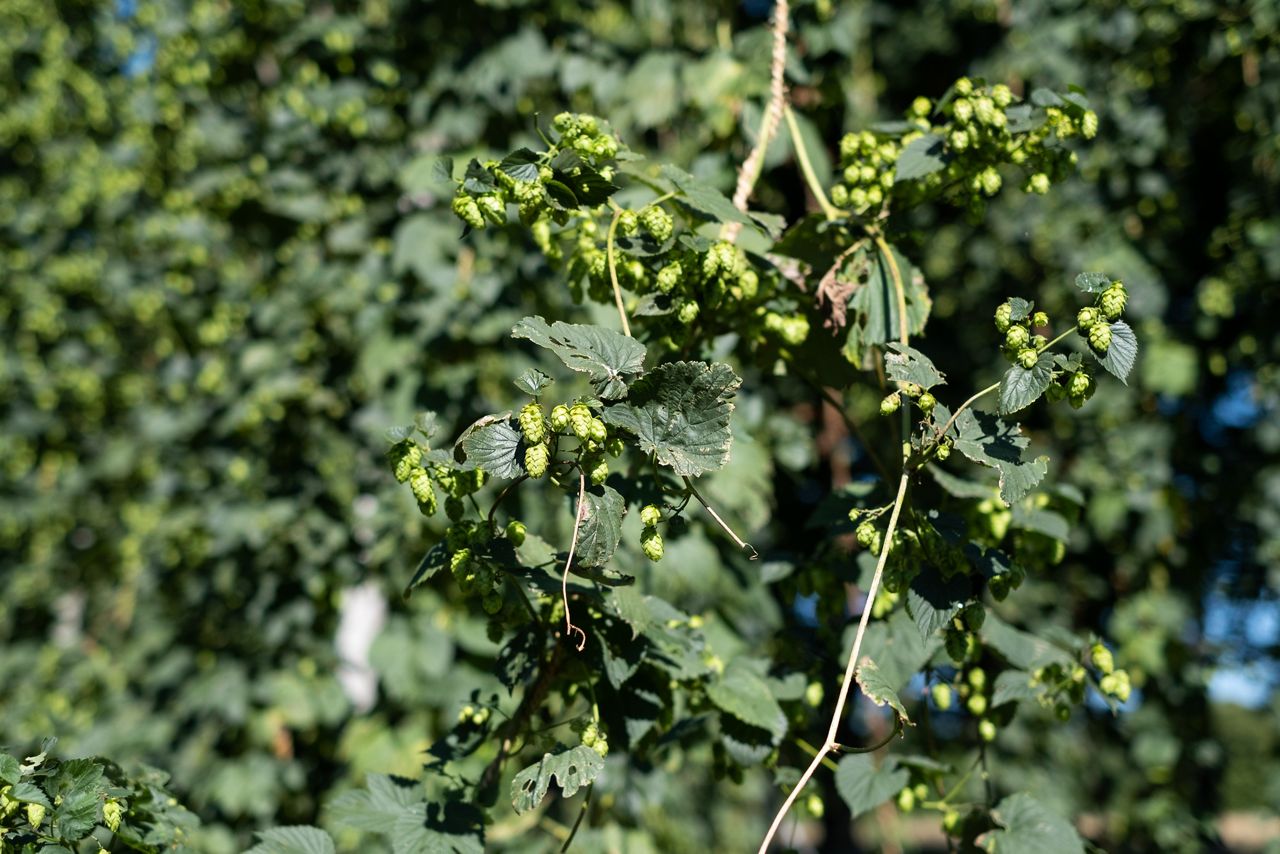
“Even if you are able to grow a very good hop, it has to be processed right, so that means it has to be dried correctly. It has to be picked correctly,” he said.
Depending on the variety, hops have a two-day to one-week picking window for the optimal aroma. Additionally, producers have experienced disease pressure from mildew and halo blight.
Cheryl Wygal, owner of Cobblestone Hops in Ontario, saw halo blight in her hopyard this season.
“It’s a fungus, and it made a lot of the leaves turn brown and crispy, and on some of the late season cones, they got a little ring around the cones,” she said.
This new blight, compounded with heavy rain throughout the season, made her harvest lighter this year.
“I had a lot of standing water in the hopyard throughout the summer. We just kept getting dumped on by lots and lots of rain,” Wygal said.
Kryder said, however, he believes the blight existed here before, but growers were mistaking it as a form a mildew and not halo blight.
“I was able to activate a few farmers and Frank Hay from Cornell Agritech where we actually were able to identify that a lot of people were spraying thinking that it was downy mildew, but actually, it was halo blight,” he said.
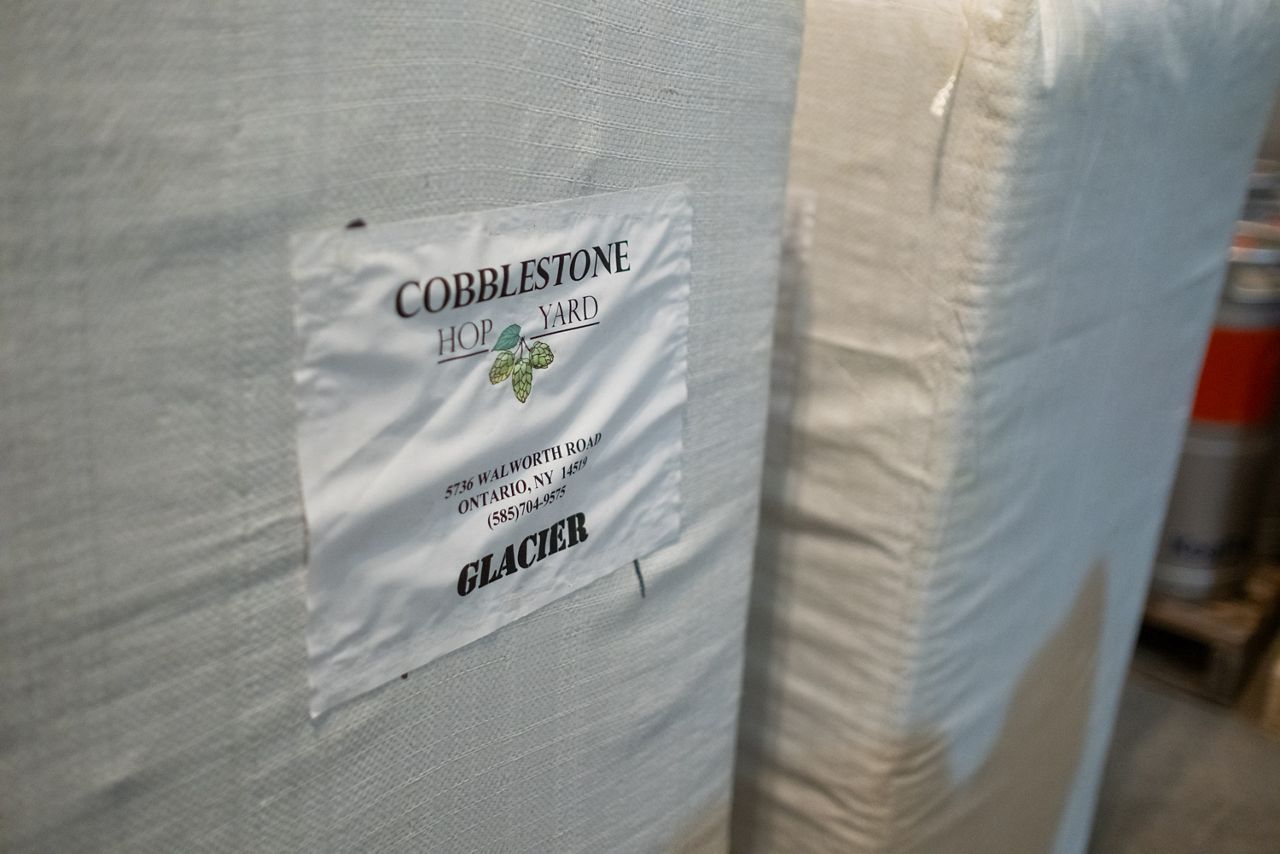
Some evidence suggests that this could have been here as long as 120 years ago, which led some growers to get out of the business originally, Kryder said.
Steven Schmidt is the owner of Upstate Hops, which processes and pelletizes hops for brewers, said there are a few other challenges for the New York hops industry.
“I’d say labor, yield and variety selection. A lot of them picked the same varieties, so we flooded the market with the same varieties, and by the time they started switching over, they realized how labor intensive it is, so they started to back out,” Schmidt said.
He said the yields growers get in New York are not nearly what they produce in the Northwest, where most of the country’s hops are grown.
“If we grow it right here in New York, we can get maybe 1,000 pounds an acre, but out West, they’ll get 2,500 pounds,” Schmidt said.

Determining how to increase the yields for hop growers is an important piece of the puzzle to continuing the industry in New York.
“Are we not training our plants correctly or doing to the root cutbacks right? There’s a lot of things that go into it. Disease is a huge issue. We have different diseases than they do out West. Maybe it’s a little of everything, but until we get our yields up, it’s going to be difficult for New York to stay in the hops business,” Schmidt said.
Kryder said another key for success in the New York hops industry is collaboration between each of the players: growers, processors and brewers.
“The more we can engage those parties, and the more we can get our industry into a place where we can have those conversations and broker those deals with those larger breweries, it’s really important. We’re seeing a good amount of demand outside of New York for New York hops too,” Kryder said.





